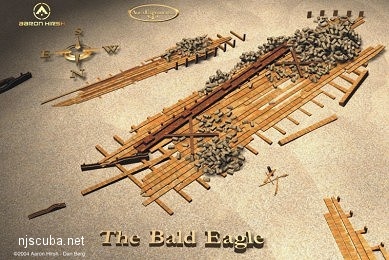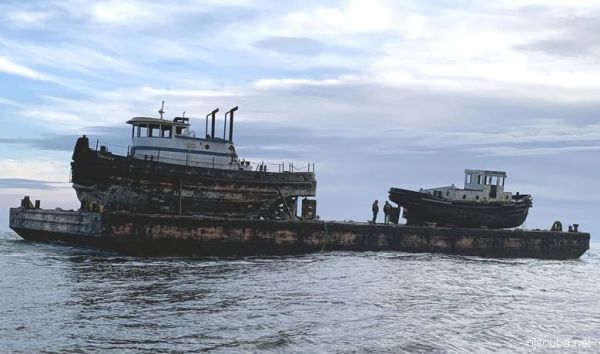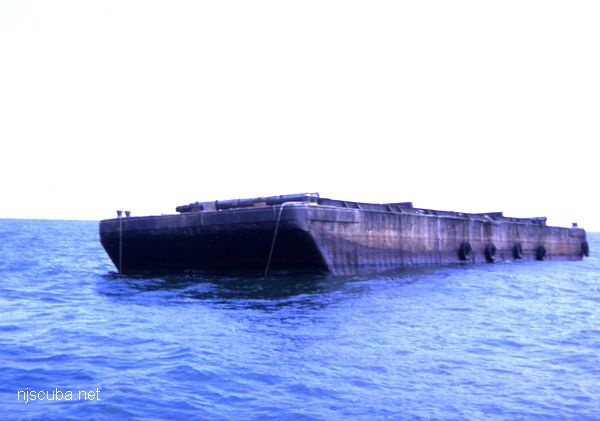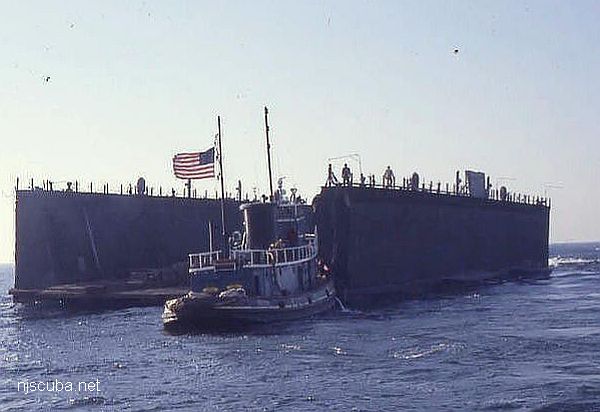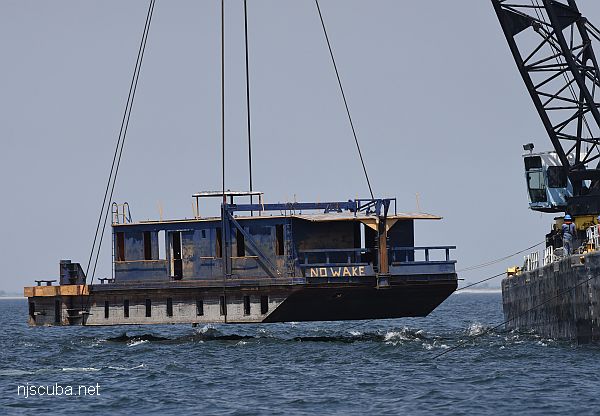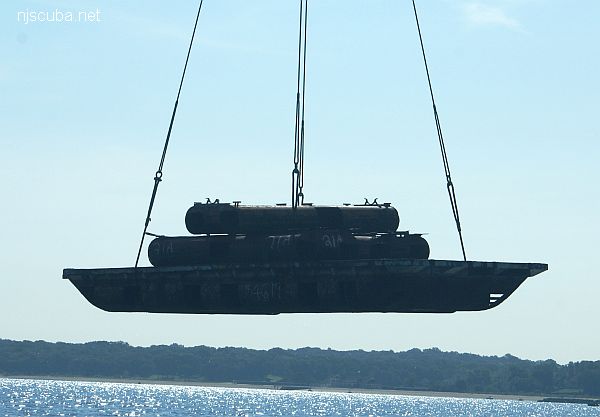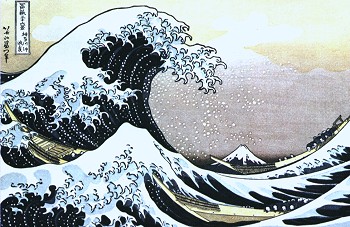- Type:
- sailing ship
- Name:
- Balaena is an old term for whale, derived from Latin. The name was found inscribed on the ship's bell.
- Depth:
- 170 ft

shipwreck, wooden hull full of coal
A wood sailing ship in the Mud Hole at a depth of 170 feet. She was a collier or ore carrier. She is still largely intact, coal in what's left of her holds. Divers tell tales of finding lots of deadeyes, but I haven't seen or heard of one coming from this wreck in many years. Her bell was found to identify her name, but not much else has been discovered about her history. A dive for the very experienced diver. Limited visibility, deep and dark. For those with the technical dive skill, it is a very nice dive.
More: Balaena ...

